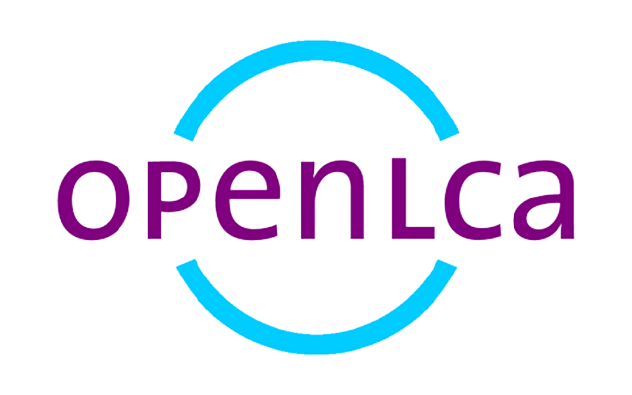The new update of the openLCA LCIA Method package (v2.6.0) is now available on Nexus.
These are the main highlights of the update:
AWARE 1.2
- Method newly added.
The new method is available both location-based regionalized and flow-based regionalized. Therefore, it’s compatible with the new regionalization tool, but can still be used with traditional databases. Please refer to the “Regionalization” chapter of our openLCA manual for further details.
In the method pack, the Characterization Factors are provided in the annual aggregation for unknown activities, country-resolved. At this link is it possible to find the full documentation of the openLCA implementation (“Documents” section).
It’s also possible to download at this link (“Extension files to openLCA LCIA Methods”) the geoJSON setup file for this method, with the flow-binding already set, useful to access the native sub-watershed-level CFs.
Background on AWARE method and its use:
AWARE (Available WAter REmaining) is an LCIA method developed by WULCA working group to answer the question: “What is the potential to deprive another freshwater user (human or ecosystem) by consuming freshwater in this region?”
The Characterization Factors (CFs) are calculated starting from the local water Availability – Demand, where in the “demand” both human and ecosystem needs are considered. The underlying assumption it that the less water remaining per area, the higher the potential to deprive another user.
The CFs in this method range from 0.1 to 100 and can be applied to calculate water scarcity footprints. A CF value of 1 corresponds to regions with a remaining water availability per area over time that aligns with the world average, while a value of 10 indicates a region with ten times less available water per area than the world average (or that it needs 10x more time to generate the same amount of unused water). The distribution of the CFs is higher above the average value of 1 then below, due to the calculation method applied, which gives higher more mathematical weight to smaller values of Availability – Demand (that translate into larger CFs). Consequently, regions with larger CFs have greater discriminatory power, useful for identifying scarce regions, which is where the method is most valuable.
It is also important to note that a CF value of 1 does not equate to the average water consumption factor worldwide, which is used for unknown locations. This factor is calculated as the world consumption-weighted average of all factors, with a value of circa 42.95 for unknown water use.
The calculated impact is given by the inventory of water consumed during the process (hence, integrated into the product, evaporated or transferred to another watershed or released into the ocean) multiplied by the local CF. The unit of measurement of this impact is cubic meters world equivalent (m3 world eq), which provides a global reference point. For instance, a result of 45 m3 world eq indicates that the assessed water consumption is equivalent to 45 cubic meters consumed in an average global location. This approach accounts for the varying scarcity of water in different regions, enabling a standardized comparison of water consumption impacts on a global scale. By utilizing the m3 world eq unit, users can better understand the global significance of their water use relative to the average impact of water consumption worldwide.
Where to obtain the latest openLCA LCIA Method package:
The method package is available on Nexus here: https://nexus.openlca.org/database/openLCA%20LCIA%20methods.
The documentation for the TRACI 2.2 implementation in openLCA is available at the same link, in the “Documents” section.
How to update the LCIA Methods in openLCA:
If you want to update the method package in a database that already contains the previous version, you have different options:
- Delete the current version of the method package (both methods and impact categories folders) and then import the latest one,
- Import the latest one and use the option “Update data sets with newer version”. This option will update the existing version of the method package with the newest one. At the end you will see the new folder and the old one, which will be empty and you can safely delete.
We recommend to make a copy or a backup of the database in use before making any changes. Moreover, it’s not possible to have different version of the method package within the same database. In that case, we advise to have two copies of the same database with different versions of the methods imported.
Resources
Boulay, A. M., Bare, J., Benini, L., Berger, M., Lathuillière, M. J., Manzardo, A., … & Pfister, S. (2018). The WULCA consensus characterization model for water scarcity footprints: assessing impacts of water consumption based on available water remaining (AWARE). The International Journal of Life Cycle Assessment, 23, 368-378.
Sala, S., Benini, L., Castellani, V., Vidal Legaz, B., De Laurentiis, V., & Pant, R. (2019). Suggestions for the update of the Environmental Footprint Life Cycle Impact Assessment. Publications Office of the European Union.
For support requests you can contacts us on ask.openLCA.
